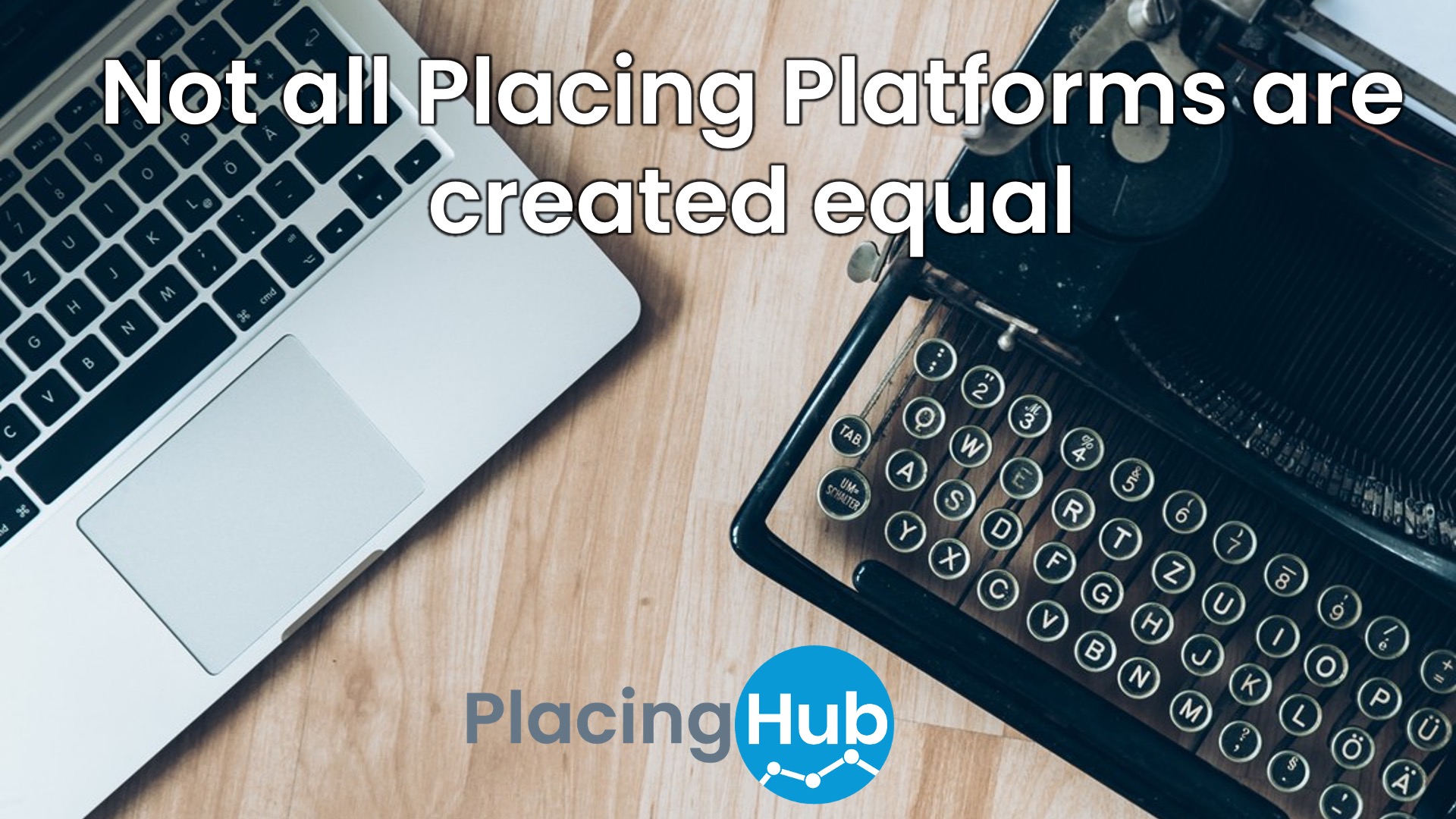Not all Placing Platforms are created equal.
A risk placing platform is a vital piece of kit that has a big effect on the operational efficiency of your front-line troops. And they don’t want to be saddled with something that forces them to take a risk every time they try to place one. Or resort to wet stamping.
So, here’s our 10-point guide to the things that make the good platforms good, and the bad ones, erm, not.
- Expertise. Building a placing platform requires far more than just technical skills from the geek squad; it needs a deep understanding of the industry. Does the vendor have a long and successful history in insurance technology and a team of experts who speak your language? Have they honed their craft over many years of electronic risk placement?
- Support and training. Insurance is a complex business and platforms have to accommodate that, so you’ll almost certainly need support and training at some stage. Does the vendor have a support team of motivated experts who fully understand your business practice and their own technology? And how quickly do they answer the phone and resolve your issues?
- Streamlined functionality. Modern placing platforms must be slick and not put obstacles between you and a bound risk. Does the platform give you the fastest possible means of placing and binding business? Will it streamline your day or make it more complicated? A clunky user experience is not what you want with every risk placement.
- Speed. Watching a spinning hourglass again? Is the platform laggy? It should have sub-second response times no matter how many users are giving it a good thrashing in the renewals season.
- Data. The market’s drive towards data-first, CDR, MRC v3 and Blueprint 2 is all about the seamless flow of data between the broker, underwriter and Velonetic. Are APIs available on the platform to connect it to your in-house systems? Can the platform turn a document into data at the touch of a button? If not, you’ll be rekeying stuff again.
- Stats, MI/BI. You can’t be working in the dark or downloading extracts for your spreadsheet warriors to mess with every day just so you can find out what’s going on. Does the platform have inbuilt reports and graphs so you can see your business in real-time? Any platform should give you this out of the box.
- Responsive development. Does the platform have a user group or advisory board to determine the product roadmap? Or is it a market committee? How much of a voice will you have, and how quickly can they react to requests? Will your requirements be watered down by competing stakeholders? Does the vendor have a reputation for listening…and acting?
- Innovation. Is the platform vendor known for its innovation, or is it a follower? Do they show you functionality that you never thought you wanted but now wonder how you ever lived without? If you want a placing platform that gets you ahead of the game and keeps you there, your vendor needs to be an innovative and experienced competitor.
- Data migration. When you get to log on to your new platform for the first time, will all your trading history, complex facilities, user profiles and trading partner profiles be there, ready and waiting? Can you do endorsements and declarations without the pain of manually setting up skeleton risks first?
- Dependability. How reliable is it? Does its vendor have a proven track record in providing high-availability systems and supporting them well? If not, that platform could be bad for you, bad for your users and very bad for your trading partner relationships.
So, there you have it. Ten key points to help you separate the good from the bad and the downright ugly.
James Pring, Sales Director, Ebix Europe

